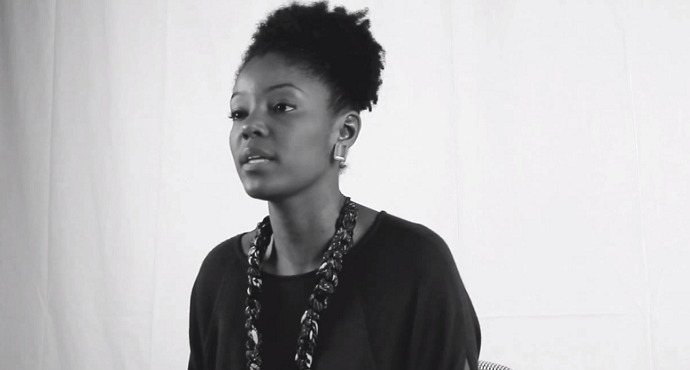Leadership and service. When I started blogging, I imagined these two topics—and their intersection and interaction—would inspire the bulk of my posts, spurring me and my readers to action.
There would be inspirational accounts of women who sacrificed for others and musings on my own (albeit halting) efforts to lift as I climb, as well as stories of women business leaders. After all, nothing motivates women (me included) more than women forging successful paths and reporting back on their adventures. (They did it; so can we!)
Funny enough, I’ve since discovered that the two topics aren’t as distinct as I had imagined. Instead, they feel like mirror images. The greatest leadership I’ve chronicled looks a lot like service, and the greatest service like leadership.
Take my interview subject Katherine Wintsch. Her mission to help moms led her to launch a marketing firm with global impact. Or Sarah Rinaldi. Her drive to tell other people’s stories pushed her to the helm of a documentary production company.
A recent project got me thinking about this interconnectedness of service and leadership. It was an interview I gave about my idol Lucy Goode Brooks for an online video series. The series, called “Finding Tomorrow: Experiences in Black Leadership,” is produced by the Cheats Movement and the Virginia Museum of Fine Arts. The project explores challenges facing the black community today and the leadership required to move forward. For my contribution, I chose to examine the past, and Brooks in particular, to illuminate what we need to drive progress now.
As I note in the video, you don’t have to be someone special to lead. You don’t need a title, money, a certification or a degree to lead. All that’s required is the awareness to see an issue and the energy to take a step in the right direction. We always have our enthusiasm and our voice to bring to the table.
That’s what Brooks did In 1871. She lead and served when she rallied the support of her sewing circle and the broader community to found the Friends Asylum for Colored Orphans, a home for black children separated from their families by slavery and war. The organization (now called FRIENDS Association for Children) still exists 143 years later and continues to serve Richmond’s most vulnerable children.
Her story exemplifies that fuzziness between leadership–which we think of as defined by strategic, decisive action–and service, which connotes something softer and more intimate. Her life and action reveal that the highest acts of service require the fortitude and strength we associate with leaders, and the greatest leadership originates from the simplest of human connections and the most genuine impulses to aid one another.
Perhaps service is best seen as the gateway to leadership: See a need, lend a hand, rally others, make a difference.


